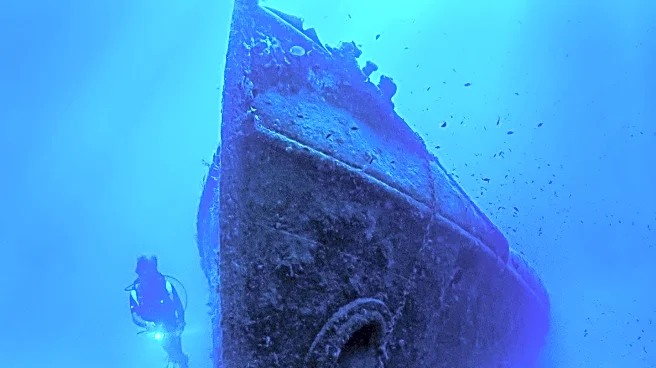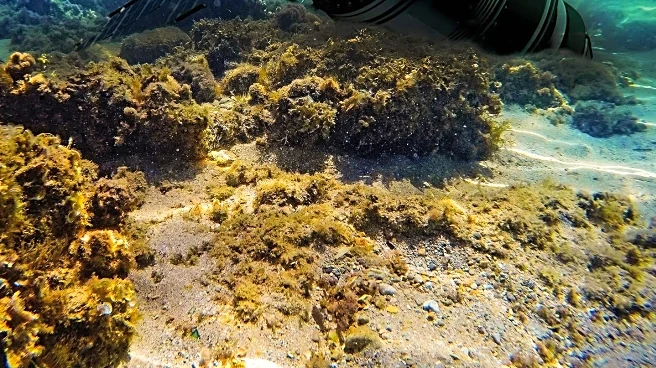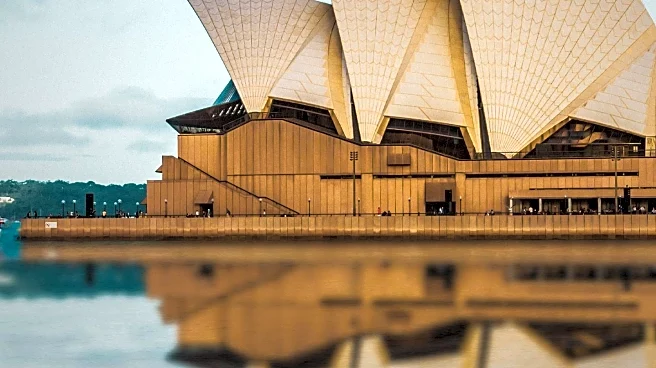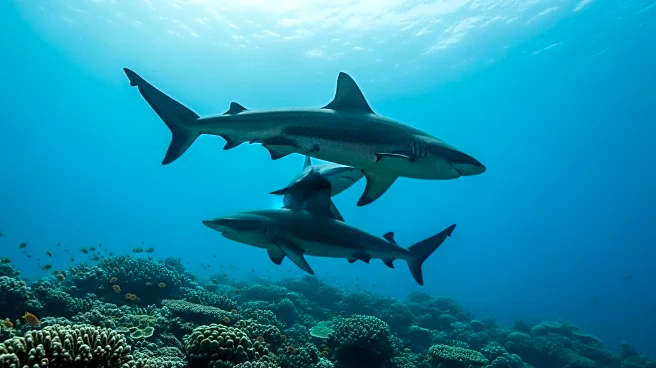What's Happening?
Shipwreck diving has become increasingly popular, with sites like the SS Thistlegorm off the Egyptian Sinai Peninsula drawing thousands of divers annually. These wrecks serve as artificial reefs, attracting marine life and offering unique diving experiences. The freighter Jane C, sunk off Aruba to serve as an artificial reef, is one such site. Diving instructor Frank Ostheimer notes that wrecks become part of the natural environment over time, providing habitats for marine species. The increase in wreck diving opportunities is partly due to new discoveries and conservation efforts that enhance underwater ecosystems.
Why It's Important?
Shipwreck diving contributes to the tourism industry, offering economic benefits to regions with popular dive sites. It also raises awareness about marine conservation, as wrecks become habitats for diverse marine life. The practice of sinking ships to create artificial reefs highlights innovative approaches to environmental management. As interest in wreck diving grows, it may lead to increased investment in marine tourism infrastructure and conservation initiatives.
What's Next?
The trend of shipwreck diving is likely to continue expanding, with more sites being discovered and developed for tourism. Conservation measures may be implemented to protect these underwater ecosystems, ensuring sustainable tourism practices. Diving professionals and organizations may collaborate to promote responsible diving and environmental stewardship.
Beyond the Headlines
Shipwreck diving offers insights into historical events and maritime heritage, as many wrecks are remnants of past conflicts or trade routes. The transformation of wrecks into artificial reefs illustrates the dynamic relationship between human activity and natural ecosystems, prompting discussions on sustainable tourism and environmental impact.










